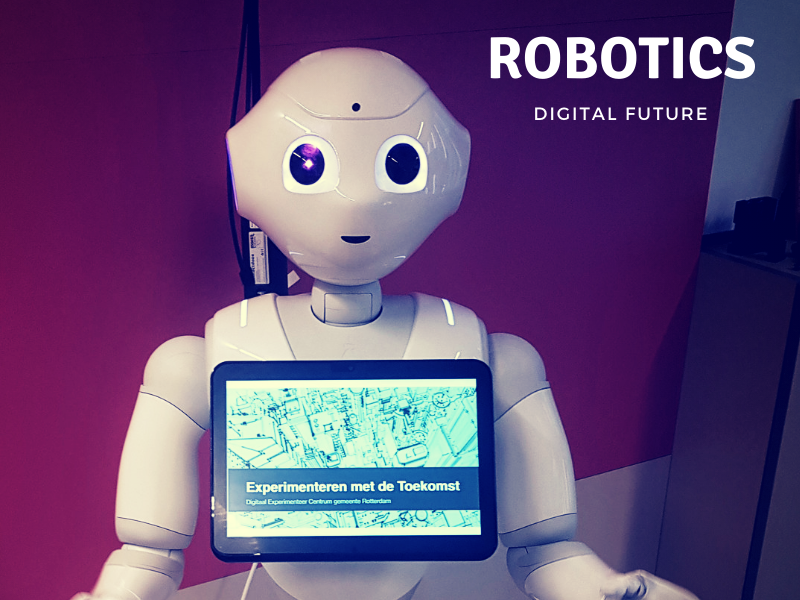In the landscape of technological advancement, while augmentation amplifies human capabilities, robotics orchestrates the transition of tasks to machines. Contrary to common perceptions, robots transcend humanoid forms, often executing repetitive, monotonous tasks, functioning tirelessly 24/7 with minimal maintenance intervals. While traditional robots excel in singular tasks, the convergence with Artificial Intelligence heralds the promise of versatile robots adept at autonomously managing multifaceted assignments.
Physical and Digital Embodiments
The realm of robotics encompasses diverse forms beyond the traditional metallic human-like structures. It spans from everyday appliances like Roomba vacuums to the sophistication of self-driving cars and aerial drones. Even automated office blinds and TV remote controls represent rudimentary forms of robotic automation, streamlining human tasks.
Moreover, the evolution of digital robots, residing invisibly within electronics and computing systems, marks a pivotal phase. These digital entities, empowered by Artificial Intelligence, maneuver various digital tasks. From early spellcheckers in word processors to contemporary chatbots revolutionizing customer interactions, digital robots embody the next wave of intelligent interfaces.
The Era of Digital Assistants
Modern Artificial Intelligence, notably Chat-GPT and its contemporaries, signifies a leap in human-like interactions. These digital robots offer extensive services, from refining texts tailored to specific audiences to crafting comprehensive project plans based on provided outlines. They serve as intuitive collaborators, presenting diverse scenarios and augmenting existing chatbot functionalities for enhanced service provision.
Harnessing Big Data
A specialized breed of digital assistants adeptly navigates colossal datasets. Their prowess lies in uncovering patterns, facilitating disease diagnosis, and analyzing information with efficiency surpassing human capabilities. However, the caveat lies in the reliance on data quality, as their factual output hinges on the integrity of datasets.
The Fusion of Automation: Self-Driving Vehicles
The amalgamation of digital assistants and physical machinery is epitomized by self-driving vehicles. Dependent on computing power and machine learning for data interpretation, these vehicles navigate vast datasets while interpreting information to navigate roads. Though successful pilot projects exist, the human improvisational edge remains elusive for computers, constraining their readiness to replace human drivers in open-road scenarios.
Sensors and the Internet of Things
A burgeoning domain for digital robots lies in environmental monitoring and automated responses, epitomized by ‘smart’ applications in homes, cars, and cities. These applications optimize traffic flow by considering pedestrian crossings, regulate room temperatures to conserve energy, and even track assets like bicycles through GPS, offering a glimpse into the vast potential of automated systems.
The future of robotics teems with prospects, redefining human-machine interactions and reshaping industries, offering unparalleled efficiency and innovation.

